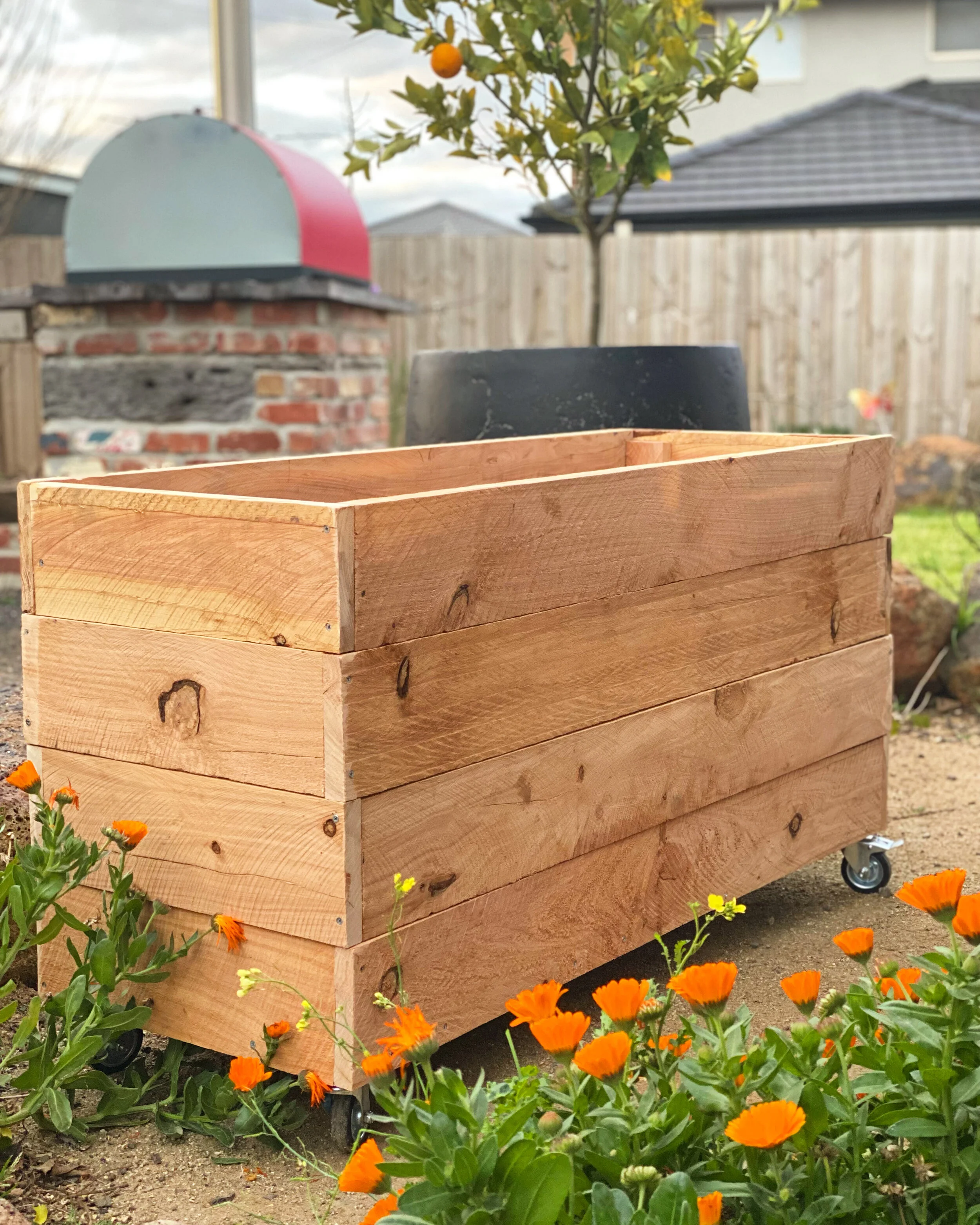6 Tips to Get You Composting
Composting keeps organic waste out of landfill, where it gives off harmful gases that contribute to climate change. It is an easy and important thing every household can do as we make small changes that make a bit difference to our planet’s health.
Compost is essentially decomposed organic matter, which is rich in nutrients for plant and soil health. During composting, microorganisms break down the materials by aerobic respiration, giving off heat and carbon dioxide. When a compost pile is at it’s best, the middle of the pile can create heat in excess of 40ºC! And it’s really easy to get started at home.
Here are my 6 tips to get you creating black gold!
1. Pick the Right Style of Compost
There are heaps of different types of compost which are suitable for almost any sized garden! The most common compost systems are:
open compost bins - the compost makes contact with the ground and is build by a layering system, with the finished compost removed from the bottom. These are best suited to people with kitchen waste and small amounts of garden waste.
compost tumblers - these are good for people who want an easy to turn compost. The best ones have 2 divided compartments so you can be creating and maturing compost at the same time. They don’t make contact with the ground and so they even be placed onto of concrete. These are best suited to people with kitchen waste only.
3 bay systems - these are large scale systems, requiring around 3m2 of space or more. They are best suited to gardens with a lot of green waste as well as kitchen waste.
2. The 50-50 Ratio
Compost should be made with 50% green or nitrogen rich materials and 50% brown, or carbon rich materials. The most common mistake in composting is not adding enough brown materials, resulting in wet, cold, smelly, and fly invested compost. Green materials include things like: garden waste, lawn clippings, kitchen scraps, and coffee grinds. Carbon rich brown materials are things like: dry leaves, shredded cardboard and paper, dry straw or sugar cane mulch.
If your compost is too dry, add some nitrogen based materials, and if it’s too wet, add some carbon. I have a pile of dry straw right next to my compost bin — every time I add a bucket of kitchen scraps, I add a bucket of straw with it!
3. Small Pieces
It might be easier just to chuck things into the compost, however them come. But this can result in a compost which stays at different stages of maturity. Instead, chop things up into small, uniform sized pieces — whether kitchen scraps or weeds, the smaller the better!
4. Air & Water
Think of your compost as a living thing! It’s full of microorganisms, fungi, worms, and bugs who are all trying to do their bit for your garden. And, like all other living things they need water and oxygen. Oxygen is added to the compost by aeration — you can turn the pile one a week with a garden folk, or use a corkscrew aeration tool, or just tumble the tumbler to make sure there is plenty of air getting in there. Dry materials help too, by creating air pockets deep down in the compost. But those living organisms also need some water. Making sure it doesn’t get too wet, grab the hose every so often to keep your compost moist and healthy.
5. Cover It Up
I always cover my compost with a piece of hessian or just some old cardboard to help keep the sun and rain out, and heat and moisture in. The rain can wash into the compost making it too cold and wet, and the sun can dry out the top layer, making it too dry. It’s a delicate balance to maintain, and little compost blanket goes a long way to keeping it in check.
6. Don’t Put That in There
There are things you should not put in your compost too — human and dog poo, as well as meat and diary are a big no-no. They will attract mice and other vermin, may produce mould and begin to smell, and can sometimes bring disease, like salmonella. While some of these can be composted by big, well maintained, monitored hot compost systems, unless you really know what you’re doing, keep it safe and keep them out of your home compost system.
Stick to these few tips and within a couple of months, you should have a great soil additive for you garden at home!


